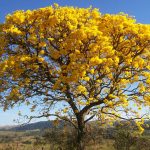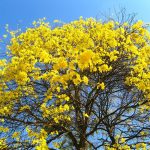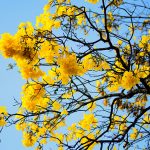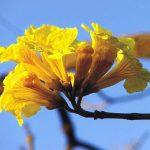YELLOW IPE
Handroanthus sp.
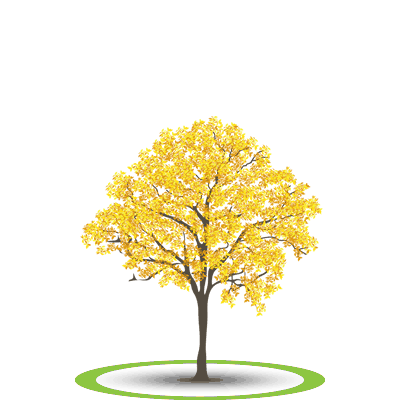
The YELLOW IPE is the best known and most cultivated tree in Brazil. It is part of a group of plants of exceptional ornamental value, both for its exuberant flowers and its elegant structural shape. There are several species of Yellow Ipes, distributed in different forest and savanna environments.
- Height
- 4 to 20 meters according to the species
- Growth
- Moderate: 1 meter per year
- Flowering
- Exuberant yellow flowers, arranged in bunches or balls.
DEVELOPMENT STAGES
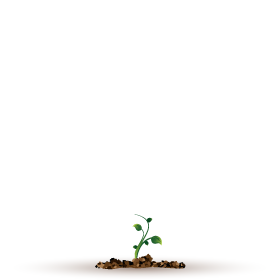
SEEDLINGS
Post-germination
8 to 20 days
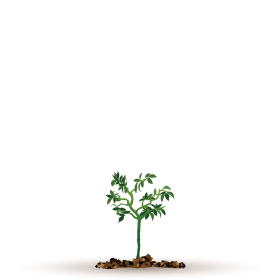
BABY PLANT
Pre-planting
4 to 5 months
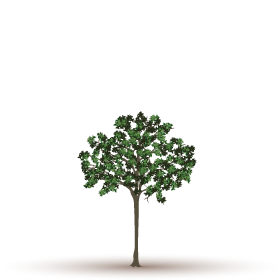
BUSH
Juvenile
1 to 3 years
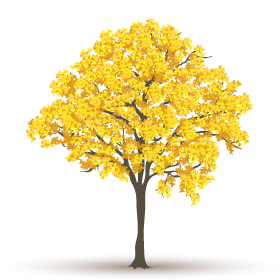
TREE
Adult
3 to 7 years
CULTURE AND SYMBOLISM
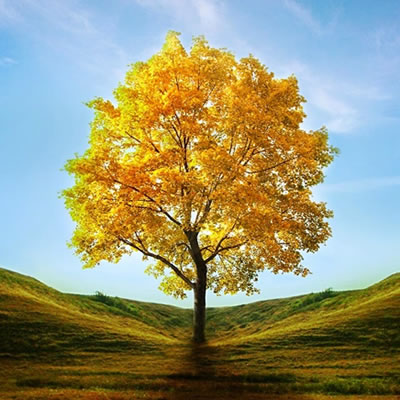
The name Ipê, of Tupi origin, means thick bark tree. Found in all regions of Brazil, ipê has always caught the attention of poets, writers and even politicians. In 1961, the president Jânio Quadros declared Ipê-Amarelo the national flower.
The Ipê-amarelo, is considered by many people to be the most beautiful among Brazilian trees, and it is the theme of regional songs, being practically a main character of the stories told by these songs.
The healing power of Yellow Ipe is recognized in several Brazilian regions, which attribute to the essence of its flowers of intense yellow, the vitalizing power and mobilizer of internal healing energies. In popular belief, closing one’s eyes and imagining an Yellow Ipe favors the healing of the body and soul. Its wood, incorruptible and indefinitely durable gives it the symbol of strength and resistance.
SEASONAL BEHAVIOUR
Before blooming, Ipê loses all its foliage. when it blooms, the tree is completely leafless. when the flowers fall Ipê resumes its foliage and a new cycle begins.
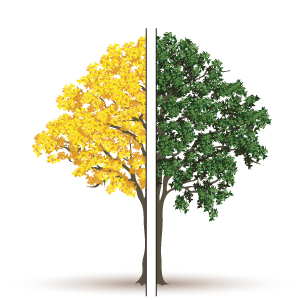
SPRING
September to December
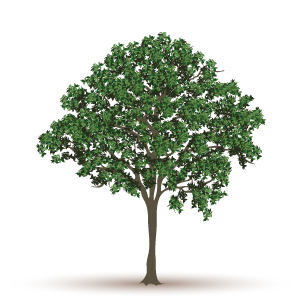
SUMMER
December to March
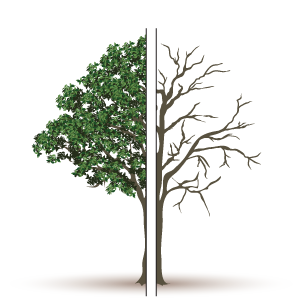
AUTUMN
March to June
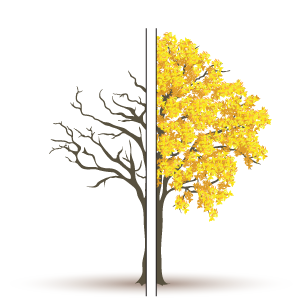
WINTER
June to September
CARE AND HANDLING
The growth and development of plants result from the interaction between genetic and environmental factors. BioParque values the use of certified seeds, prioritizing the quality of the plants. In addition, sustainable management practices are adopted in order to provide optimal conditions for the development of trees, also respecting the environment.
WATER AND NUTRIENTS
- Irrigation: The amount of water required by trees varies according to their species and environmental conditions. BioParque has developed an irrigation program to meet the different needs of tree species.
In its first year of life the Ipê seedling will be irrigated more frequently. In field conditions, establishment phase or juvenile period of the tree, complementary irrigations will be carried out whenever is necessary. In the adult phase only salvage irrigation will be done in case of extreme drought, because Ipê needs some hydric stress to bloom. - Fertilization: Fertilizations will be carried out according to the nutritional requirements of each species throughout their life cycle, according to the results of periodic technical evaluations.
PLANT HEALTH CONTROL
- Preventive actions: periodic inspections will be carried out to prevent possible outbreaks of pests.
- Alternative technologies: specific ecological actions will be used, whenever necessary, to prevent and fight pathological agents.
PRUNING
When necessary, for safety reasons, to improve the structure or health of the tree, pruning will be performed.


